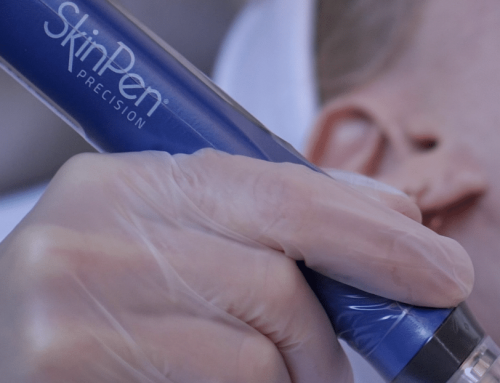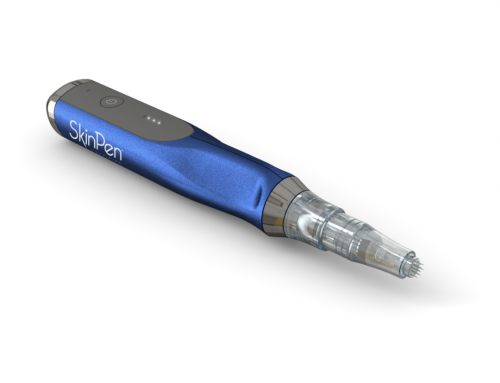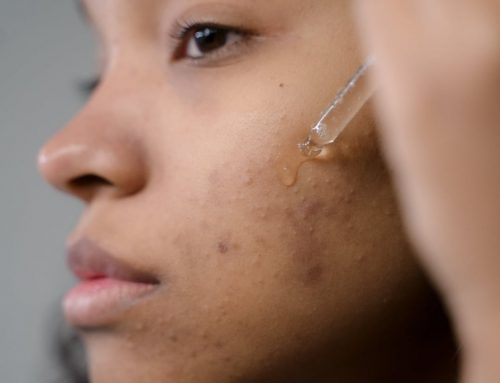Expert tips to stay sun safe this summer.
Living in the Pacific Northwest means that when the sun comes out- we worship it. That makes my job as a skin expert little harder, as I don’t want to cramp the enjoyment of what little sun we have. My motto is prevention and moderation. The sun should be enjoyed and fanaticism, in either direction direction (avoiding the sun like the plague or never being without a tan) isn’t healthy. While we’ve certainly become a lot more sun savvy, I’ve found there is a lot of misinformation about how to be sun safe–which is what inspire this list of little-known tips.
1. Expired Sunscreens: I often find that my sunscreen has expired before I’ve used it all up, but does that mean that it’s ineffective?
The FDA requires that sunscreens are at their full strength for at least 2-3 years after their manufacture date. The expiration date for sunscreens is usually stamped on the bottom of the product. It’s always a good idea to check the date at the time of your purchase to make sure that you’ll go through it before it expires.
Once you’re past the expiration date- the product is most likely still giving you protection, but the SPF rating will be diminished. Basically, you’re taking a chance, as there’s no guarantee that you’re getting the protection you need.
One way to avoid this issue altogether is to use a pure mineral sunscreen. These sunscreens rely on finely milled titanium dioxide and zinc oxide to provide a physical shield against UV rays. Essentially, you’re using little ground up rocks to reflect the ultraviolet light, so there’s no risk of them expiring. That being said, if the formulation is cream based, some of the other ingredients make expire after about a year after opening. Your nose will usually tell you if something needs to go.
2. Fragrance and Dyes in Sunscreen: Cause photosensitivity which leads to sun damage.
As much as it’s nice to smell like coconut when we are at the beach, you may want to reconsider your choice in sunscreen. Dyes and fragrance in your sunscreen formulation can actually undo the protection your getting from your cream as they’re photosensitizing.. This goes for grapefruit essential oil as well- so keep an eye out for that natural scent on the list of ingredients.
3. Umbrellas: How much protection do they offer?
I’ve often felt at ease under an umbrella to keep me safe from sun damage on bright days; however, the protection they offer is not as extensive as one might hope for.
Why? When we’re at the beach under an umbrella, we’re getting lots of indirect light that is being reflected off the sand and water. The same principal applies when we’re under the shade from a tree. While shade may not protect us completely from UV radiations, it’s still a valuable defense against the sun, we just can’t rely on it alone.
4. Vitamin C & E Enhance Sun Protection
It has been clinically proven that when vitamin C & E are present in the skin, the free radical damage from ultraviolet light is substantially diminished. That is why companies like Dermalogica have integrated UV Smart Booster technology into their sunscreen formulations. Liposomes containing vitamin C & E are released when activated by UV exposure to provide a greater shield against inflammatory damage to the skin.
Personally, I like to integrate a vitamin based serum into my routine in the morning to give my skin extra protection from oxidative stress throughout the day and ultimately enhance my inherent sun protection. Not only do I get extra protection from the sun, but the concentration of a serum means that I get some collagen stimulation and overall enhanced skin function. I like the Multivitamin Power Serum from Dermalogica.
5. Sunscreens Clog Pores
While many sunscreen formulations tend to feel a little heavy (I won’t mention any particular drug store brands here), professional formulations have come a LONG way. They are often quite fluid and don’t have the usual chemical sunscreen odour. If you’re searching for a sunscreen that’s suited to your skin type and condition, I’d definitely pay a visit to your local skin care boutique or esthetician- they’ll be able to steer you in the right direction.
While you’ll be able to find a lighter weight, non-greasy sunscreen, the active sunscreen ingredients can build up in the skin, as they’re usually highly water-resistant. What does this mean for you?
Your cleanser is most-likely water based, so the best way to eliminate residual sunscreen from your skin is to use an oil-based cleanser. The oil cuts through the sunscreen as well as other water resistant ingredients like dyes from make up and excess oils on your skin’s surface. Adding a cleansing oil step into your night routine will prevent the congestion associated with sunscreen and leave your skin extra clean and soft. My favourite is Pre-Cleanse from Dermalogica.
And that concludes my shortlist of lesser known facts and tips about sun protection…
The most important thing when it comes to enjoying the sun we’ll be getting over the next few months is to be pro-active rather than reactive. According to the Skin Cancer Foundation, a person’s risk of melanoma doubles after 5 sun burns. So stay educated and enjoy the sun responsibly this summer.






